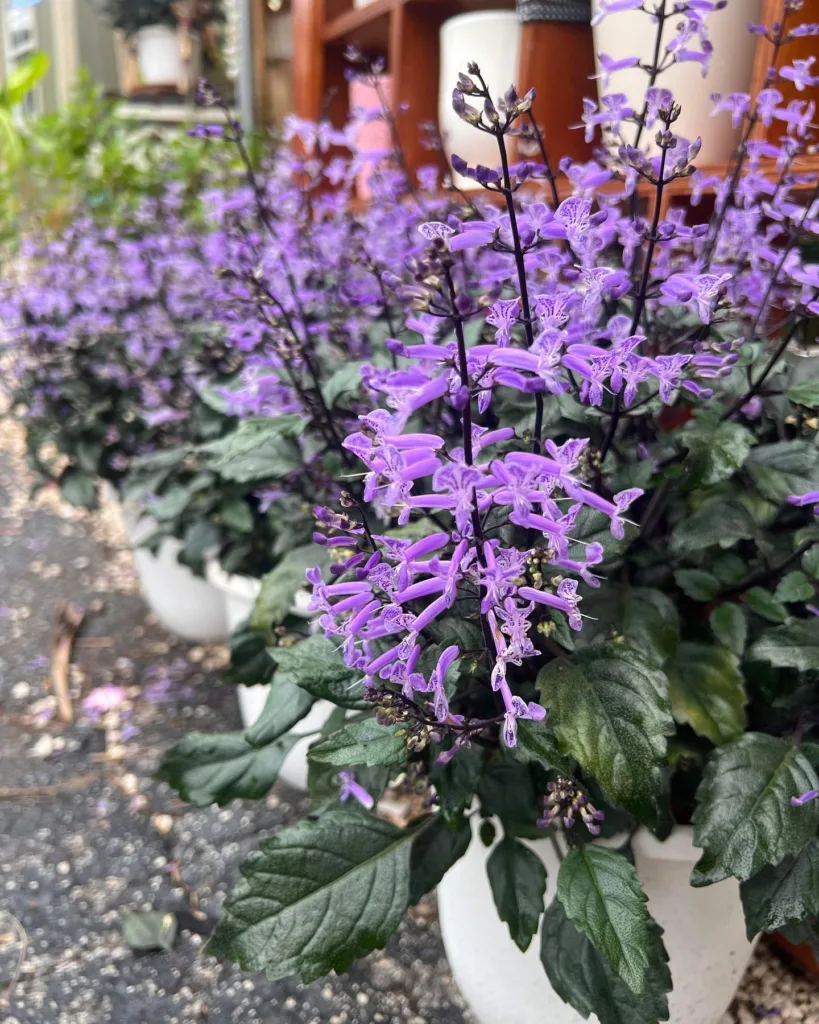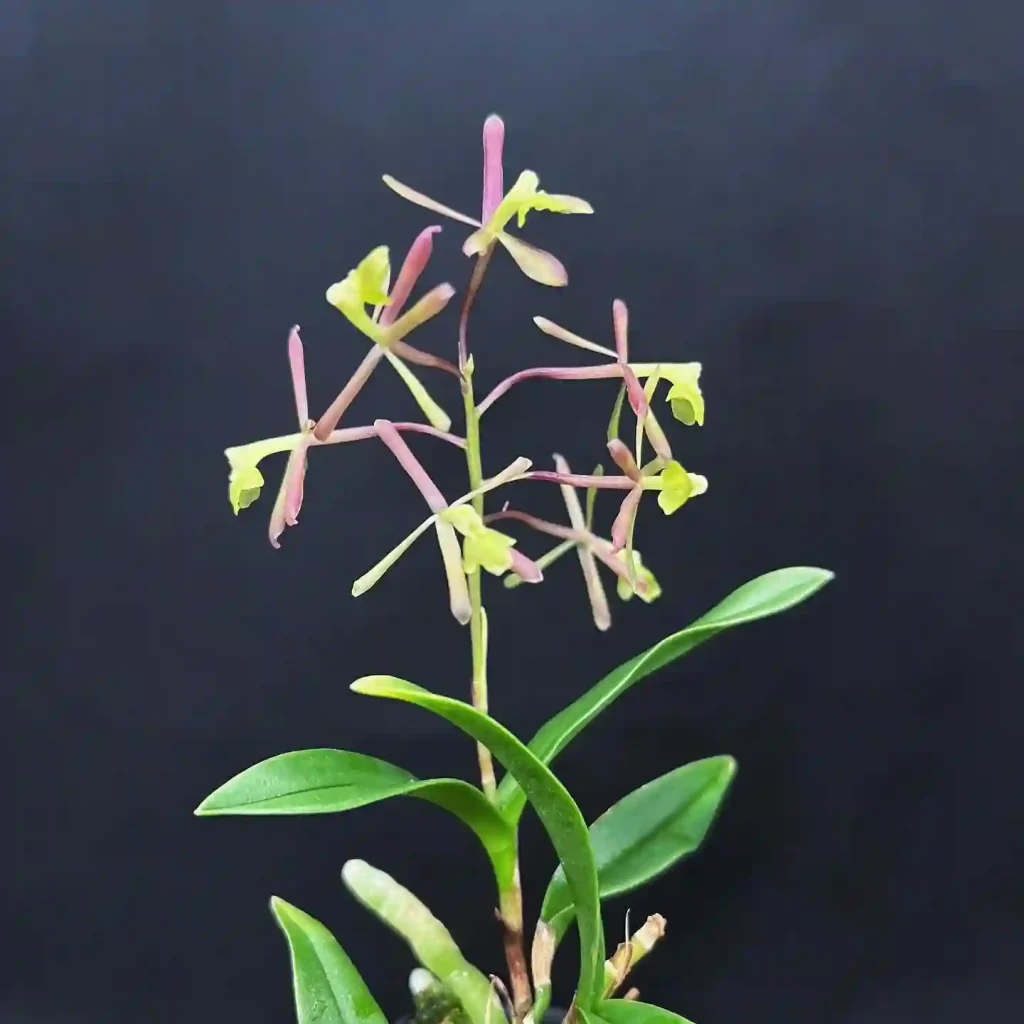FAQs About Calochortus: A Personal Guide
Calochortus, often known as mariposa lilies or fairy lanterns, is one of the most captivating genera of flowers I’ve had the pleasure of growing. These delicate, bulbous plants are native to North America and are famous for their vibrant, cup-shaped flowers that can range from bright yellow and orange to soft pinks and purples. Growing and caring for Calochortus can be a rewarding experience, but there are always questions that pop up for anyone new to them. In this article, I’ll share some common FAQs about Calochortus and provide tips and insights from my own experiences with these stunning flowers.
What is Calochortus?
Calochortus is a genus of around 79 species of bulbous plants in the Liliaceae family, known for their stunning flowers that often resemble butterflies in flight—hence the name “mariposa” (Spanish for butterfly). Native to the western United States, these flowers thrive in a variety of habitats, from alpine meadows to desert landscapes. I find them particularly striking because of their varied colors and intricate patterns that make them look like tiny works of art in the garden.
A Closer Look at Calochortus Species
The diversity within the Calochortus genus is truly remarkable. Here are:
- Calochortus albus (Benth.) Douglas ex Benth.
- Calochortus amabilis Purdy
- Calochortus ambiguus (M.E.Jones) Ownbey
- Calochortus amoenus Greene
- Calochortus apiculatus Baker
- Calochortus argillosus (Hoover) Zebzll & Fielder
- Calochortus aureus S.Watson
- Calochortus balsensis García-Mend.
- Calochortus barbatus (Kunth) Painter
- Calochortus bruneaunis A.Nelson & J.F.Macbr.
- Calochortus catalinae S.Watson
- Calochortus cernuus Painter
- Calochortus ciscoensis S.L.Welsh & N.D.Atwood
- Calochortus clavatus S.Watson
- Calochortus coeruleus (Kellogg) S.Watson
- Calochortus concolor (Baker) Purdy & L.H.Bailey
- Calochortus coxii M.R.Godfrey & Callahan
- Calochortus davidsonianus Abrams
- Calochortus dunnii Purdy
- Calochortus elegans Pursh
- Calochortus eurycarpus S.Watson
- Calochortus excavatus Greene
- Calochortus exilis Painter
- Calochortus fimbriatus H.P.McDonald
- Calochortus flexuosus S.Watson
- Calochortus foliosus Ownbey
- Calochortus fuscus Schult.f.
- Calochortus ghiesbreghtii S.Watson
- Calochortus greenei S.Watson
- Calochortus gunnisonii S.Watson
- Calochortus hartwegii Benth.
- Calochortus howellii S.Watson
- Calochortus × indecorus Ownbey & M.Peck
- Calochortus invenustus Greene
- Calochortus kennedyi Porter
- Calochortus leichtlinii Hook.f.
- Calochortus longibarbatus S.Watson
- Calochortus luteus Douglas ex Lindl.
- Calochortus lyallii Baker
- Calochortus macrocarpus Douglas
- Calochortus marcellae G.L.Nesom
- Calochortus mendozae Espejo, López-Ferr. & Ceja
- Calochortus minimus Ownbey
- Calochortus monanthus Ownbey
- Calochortus monophyllus (Lindl.) Lem.
- Calochortus multicolor García-Mend., D.Sandoval & C.Chávez
- Calochortus nigrescens Ownbey
- Calochortus nitidus Douglas
- Calochortus nudus S.Watson
- Calochortus nuttallii Torr.
- Calochortus obispoensis Lemmon
- Calochortus occidentalis M.A.García-Mart. & Aarón Rodr.
- Calochortus ownbeyi M.A.García-Mart., Aarón Rodr. & H.P.McDonald
- Calochortus palmeri S.Watson
- Calochortus panamintensis (Ownbey) Reveal
- Calochortus persistens Ownbey
- Calochortus plummerae Greene
- Calochortus pringlei B.L.Rob.
- Calochortus pulchellus (Benth.) Alph.Wood
- Calochortus purpureus (Kunth) Baker
- Calochortus raichei Farwig & V.Girard
- Calochortus rustvoldii Callahan
- Calochortus simulans (Hoover) Munz
- Calochortus spatulatus S.Watson
- Calochortus splendens Douglas ex Benth.
- Calochortus striatus Parish
- Calochortus subalpinus Piper
- Calochortus superbus Purdy ex Howell
- Calochortus syntrophus Callahan
- Calochortus tiburonensis A.J.Hill
- Calochortus tolmiei Hook. & Arn.
- Calochortus umbellatus Alph.Wood
- Calochortus umpquaensis Fredricks
- Calochortus uniflorus Hook. & Arn.
- Calochortus venustulus Greene
- Calochortus venustus Douglas ex Benth.
- Calochortus vestae (Purdy) Wallace
- Calochortus weedii Alph.Wood
- Calochortus westonii Eastw.
How to Grow Calochortus?
Growing Calochortus can be a bit tricky, but with the right conditions, they’ll reward you with a spectacular show. I’ve had the most success growing them in well-drained soil with full sun exposure. They are bulbs, so planting them at the right depth (usually around 2-3 inches) is key.
When preparing the soil, make sure it’s gritty and well-draining to prevent waterlogging, which these bulbs don’t tolerate well. If you’re in a colder climate, a bulb planter can help you get them deep enough to protect from frost. They thrive in temperate regions, but you may need to water them occasionally during particularly dry spells.
When to Plant Calochortus?
Timing is everything when it comes to planting Calochortus. From my experience, the best time to plant these bulbs is in the fall, between September and November. This gives them plenty of time to establish their roots before they begin their growth cycle in spring. Planting during this time mimics their natural growing conditions, as they typically experience wet winters and dry summers in their native habitats. This way, they’ll bloom in late spring to early summer, depending on the species.
Can Calochortus Be Used in Floral Arrangements?
Absolutely! Calochortus can be used in floral arrangements, though it’s not commonly seen in commercial floristry. The delicate, cup-shaped flowers add a unique texture to bouquets, and their bright colors can create a striking contrast. I’ve used them in small arrangements where their charm can really stand out. However, because the flowers are relatively short-lived once cut, they’re best suited for short-term displays. Their dainty stems also require gentle handling, so they’re more of a specialty flower rather than one for everyday use.
How to Care for Calochortus?
Caring for Calochortus is relatively straightforward once you get the hang of it. The key is to mimic their natural environment. They prefer dry summers, so avoid overwatering during the dormant period. When the plants are actively growing, I water them lightly, making sure the soil doesn’t become too saturated. Fertilizing isn’t usually necessary, but if you’re growing them in pots or poor soil, a light application of a balanced, low-nitrogen fertilizer can help.
Can You Grow Calochortus Indoors?
While it’s possible to grow Calochortus indoors, it can be quite challenging. These plants are adapted to outdoor conditions with plenty of sunlight and good air circulation. I’ve tried growing them indoors, but without enough direct sunlight and a well-draining potting mix, they tend to struggle. If you do want to give it a shot, make sure they have access to a sunny window and consider supplementing with a grow light.
How to Propagate Calochortus?
Propagating Calochortus is usually done by seed or bulb division. I’ve found that seed propagation can be a bit slow and requires patience, as it can take several years for seedlings to bloom. If you’re in no rush, sow the seeds in fall in a well-draining seed mix and keep them lightly moist.
For a faster method, bulb division works well. After the flowers die back, you can dig up the bulbs, separate the offsets, and replant them. Make sure to handle the bulbs carefully, as they can be fragile.
What to Plant With Calochortus?
Calochortus pairs well with other native wildflowers or plants that enjoy similar conditions, like Clarkia or Brodiaea. I love the combination of Calochortus with California poppies; the contrast of colors and textures creates a vibrant, naturalistic look in the garden. Just make sure the companion plants have similar water and sunlight needs, as Calochortus doesn’t like to be too wet during its dormant period.
Is Calochortus Toxic?
One question that often comes up is whether Calochortus is toxic to pets or humans. Fortunately, these plants are not considered toxic. I’ve never had any issues with them in my garden, even with pets roaming around. However, it’s always a good idea to be cautious with any plant around pets, as individual reactions can vary.
Common Problems with Calochortus
One of the most common problems I’ve encountered with Calochortus is rot due to overwatering or poor drainage. They are highly sensitive to soggy conditions, so ensuring they have excellent drainage is crucial. Another issue can be pests like snails or slugs, which love to nibble on the leaves and flowers. I recommend setting up barriers or using organic slug bait if this becomes a problem.
Can Calochortus Be Confused with Other Plants?
Calochortus is sometimes confused with other bulbs in the lily family, especially species of tulips or crocuses due to their similar cup-shaped flowers. However, once you get familiar with their unique butterfly-like blooms and delicate structure, they’re quite easy to distinguish.
In summary, Calochortus is a rewarding plant to grow if you’re up for the challenge. With the right care and attention, these beautiful flowers will brighten up your garden and even your floral arrangements!
If i die, water my plants!



